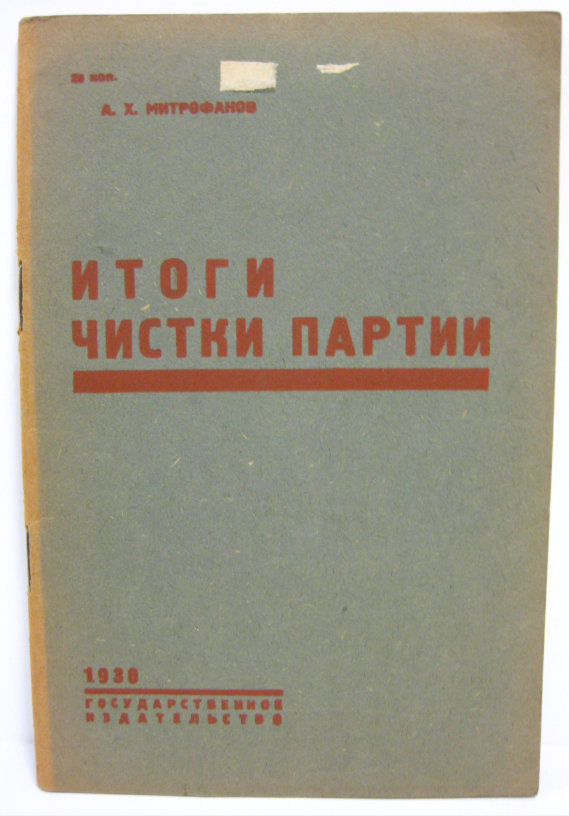Discoveries in the Cambridge Cooke collection
Preparations for the exhibition based on the spectacular Catherine Cooke collection continue apace. This has mainly involved many hours spent in the Rare Books stacks and in the Slavonic Studies departmental office (where some of the visual Cooke archive is homed), poring over Cooke material to select items to use. It has been a great privilege to thumb through such an amazing collection, and I've come across many extraordinary things. Below are described just a few of the excitements and connections discovered.
'Talashkino' CCC.54.384
This book is a 1905 publication about the art and craft workshops set up by Mariia Klavdievna Tenisheva in the settlement of Talashkino. Quite heavily illustrated (although these are very unfortunately largely in black and white), the book mainly consists of an account by Sergei Makovskii, the poet and art critic, of the products of these workshops. The other, much smaller part of the volume has memories of Talashkino by Nikolai Rerikh (or Nicholas Roerich, as the west knows him). When I was leafing through it, I found a dedication. To my astonishment, I realised that it had the signature of both authors! Plus, the person it was dedicated to was also traceable - Liudmila Nikolaevna Vil'kina, the poet-translator and wife of Nikolai Minskii. You'll see this reflected now in the updated record (here), with Makovskii and Rerikh as inscribers and Vil'kina as a former owner.
Postcards in the collection held in the Slavonic Studies department
Dr Cooke was a great collector (and organiser!) of postcards, and the Slavonic Studies departmental office contains hundreds of extraordinary cards dating from the 19th century up to the end of the Soviet Union. Sorted into geographical areas or topics, the postcards are breathtaking. There are reams of cards for the major Soviet cities, often producing a kind of before and after effect as they show earlier and later shots of the same places. There is a similar kind of comparison effect among many of the topical cards. Swathes of them date to the First World War and the Russian Revolution, for example, and show the full spectrum of political affiliation. Among all the cards, some stand out not only for what the illustrated side showed but also for what was written on the verso. A couple of examples follow, one showing a rather straightforward British attitude during the Civil War, the other a rather weird choice (to someone looking nowadays) of birthday card.
1920 black and white postcard (from a real photo) showing a group of men on a ship, called "Bol. prisoners at Batoum 10.5.20". On the back (transcribed as found!): "A group of bolshies. They were agents and spies in the pay of the Bolshevists. [Were sent] to Batoum to persuade the people to strike and join in the Bolshevik Army. This crowd 22 in all were rounded up in Batoum South Russia by a few of our lads who were sent ashore to round them up. and they did it. Batoum. 8th May 1920. Batoum. [scribbled signature/initials]."
1952 colour postcard entitled "Vozhataia", showing a young pioneer leader standing proudly in front of a portrait of Stalin. On the back (in Russian): "Dorogaia mama, Pozdravliaiu tebia s dnem rozhdeniia i zhelaiu tebe zdorov'ia na mnogie gody. Zhenia. 5 maia 1952 goda." [translation: Dear Mama, I wish you a happy birthday and health for many years. Zhenia. 5 May 1952]
'Itogi chistki partii' [= Results of the cleansing of the Party] - CCC.54.394
A rather strange item to be looking at, but rather extraordinary. A 1930 publication, it talks about the general "cleanisng" of the Party which took place in 1929. The chapter titles are just hair-raising, eg:
- Uchastie mass v general'noi chistke partii [= The participation of the masses in the general cleansing of the Party],
- TSifrovye rezul'taty general'noi chistki partii [= Results in figures of the general cleansing of the Party])
although the horror with which we (or certainly I) read them now is doubtless from knowledge about the actually bloody "chistki" which were to follow within a decade. The book is no longer in copyright, and its cover therefore provides a welcome chance to provide an illustration. What's interesting about the cover is its typeface. The use of the strong letters and extremely bold line is in keeping with many, far more artistic items from the period. It's an effective approach, though - the short, sharp title combined with the block line really does give a serious feeling of achievement and finality.
Membership card of Vsesoiuznaia akademiia arkhitektury [= All-Union Academy of Architecture] - CCD.54.332
As most of the examples above also show, Dr Cooke was a great collector of items with interesting provenance. Another example is a membership card of the architecture academy, dated 1934. It's an incredibly satisfying item all round. Black and red and white in design with a rather stylised photo, it was written out only a year after the academy was founded, and is ID card no. 52. To my delight, I discovered it belonged to someone with a traceable history - Petr Mitrofanovich Shukhmin, the artist and teacher. Shukhmin's most famous work is the painting 'Prikaz o nastuplenii' [= 'Order to advance'] and he was awarded a second-level Stalin Prize in 1942. Digging further still, I discovered the most incredible link. Shukhmin started his artistic career in the studio of Vasilii Nikitich Meshkov, one of the Russian realist artists called the Peredvizhniki (commonly translated as the Wanderers). Meshkov in his turn was taught at the Moskow Art School by, among others, Vladimir Egorovich Makovskii - the uncle of the Sergei Makovskii whose signature we have found on the Talashkino book!

